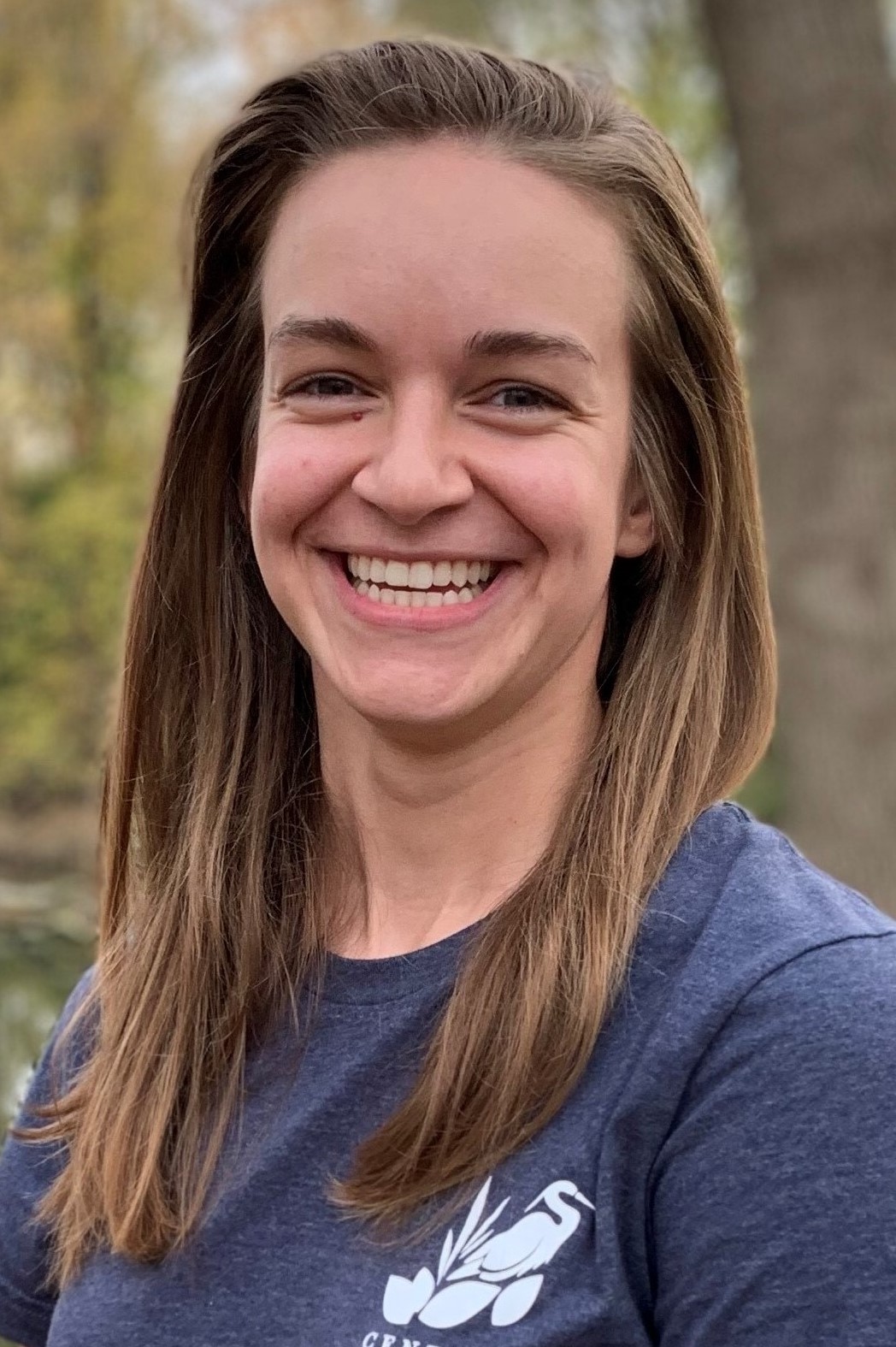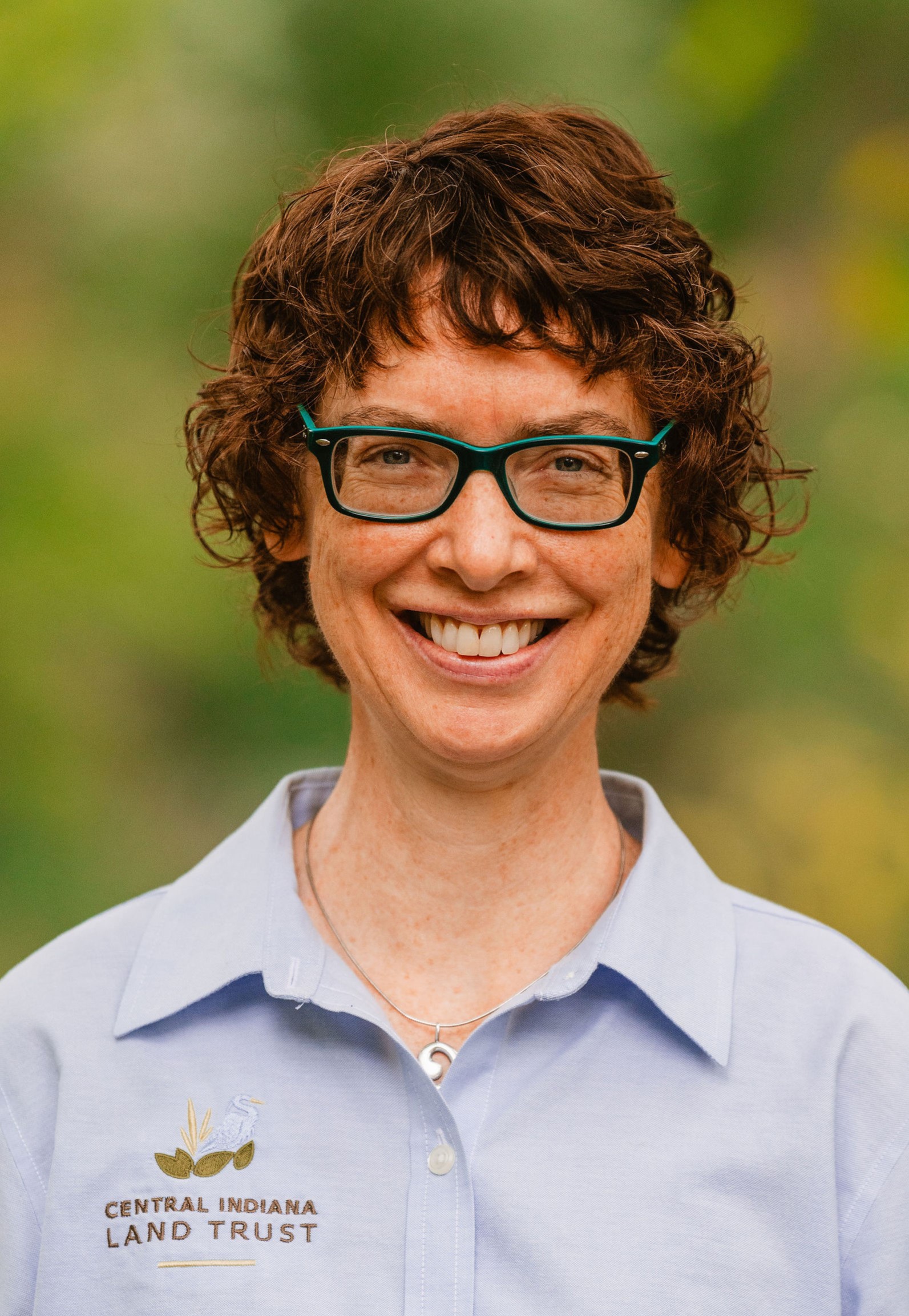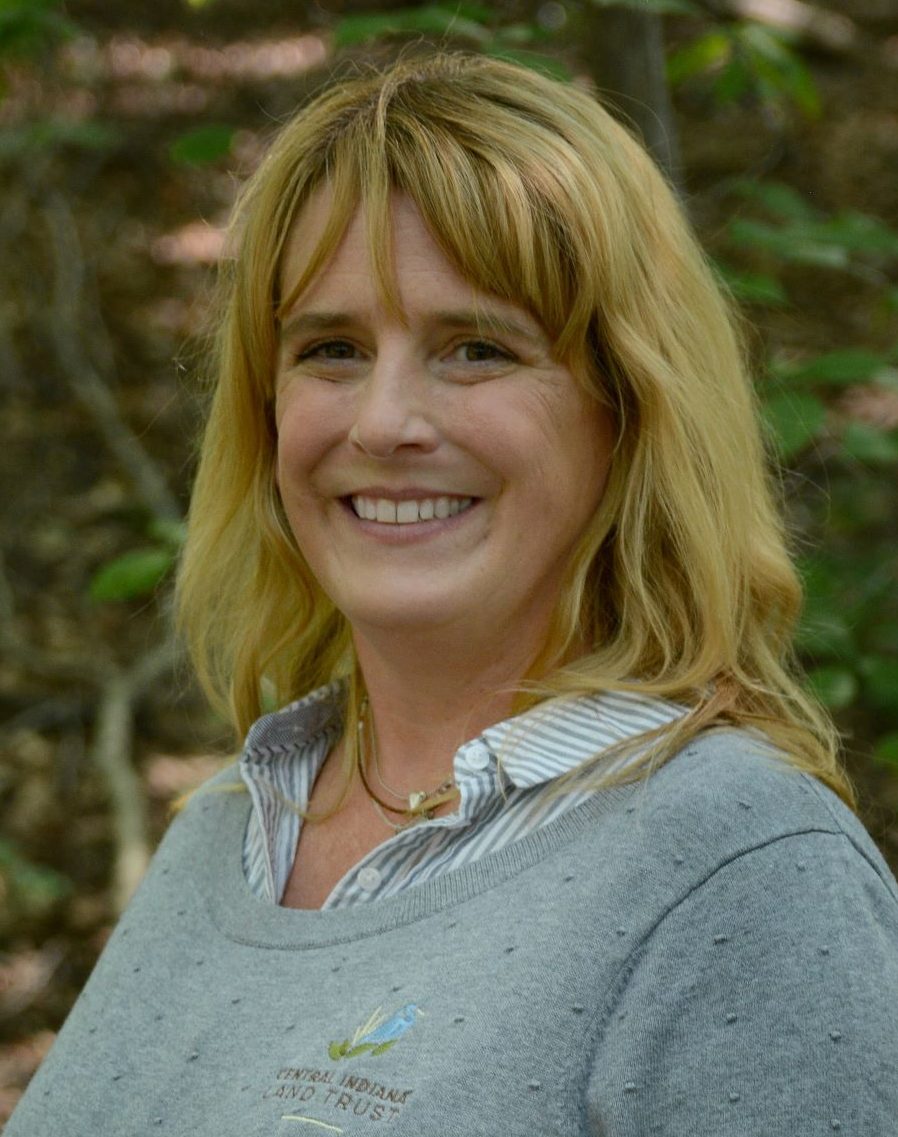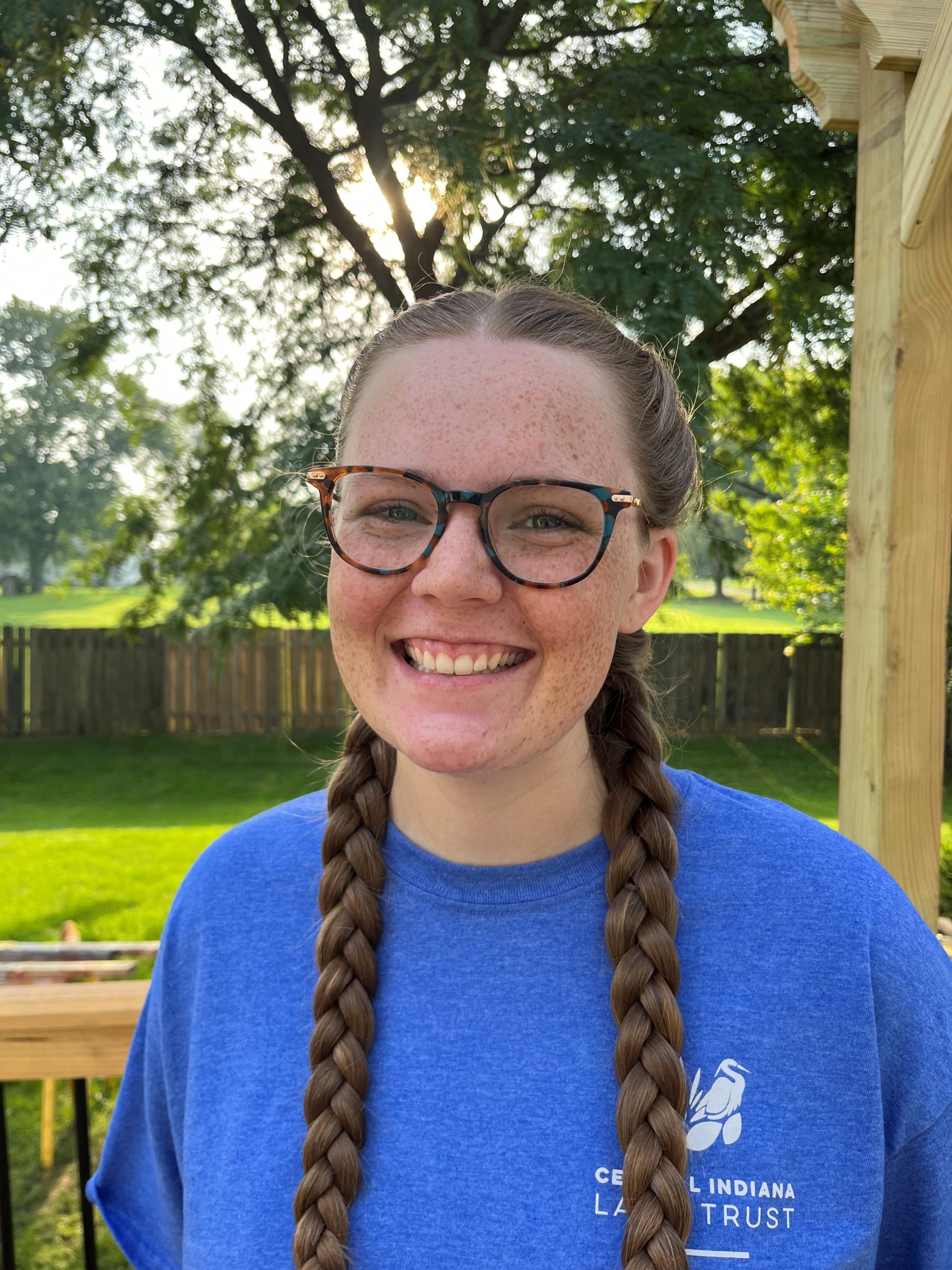“Should I get rid of it?”
“What’s the best way to eradicate it?”
“What should I put there instead?”
Our stewardship team gets a lot of great questions about invasive species! Continue reading

Grace van Kan
White River Steward
“Should I get rid of it?”
“What’s the best way to eradicate it?”
“What should I put there instead?”
Our stewardship team gets a lot of great questions about invasive species! Continue reading

White River Steward
Guest post by James Todd
I support the Central Indiana Land Trust, Inc. (CILTI) because it is a local agency that does the important work of protecting and preserving what remains of our natural environment. Because CILTI is local to Central Indiana, I believe that my donations have a large impact on our local areas. Continue reading
Water Quality Month spurs us to take a look at the health of our most precious resource. We often focus on the importance of wetlands in filtering drinking water. But here’s a surprising partner in protecting a clean water supply: Forests. Continue reading

Communications Director
Have you ever attended one of CILTI’s guided hikes and thought that you might enjoy leading a hike yourself? Have you been inspired by a guided hike or program that you’ve participated in? You could join our White River Docent team!

White River Steward
In the year 2023, our commitment to connecting people with nature led us to offer several outdoor activities. From volunteer days to guided hikes and special events, it was a year filled with exploration, education, and environmental stewardship. Continue reading

Outreach Manager
The arrival of winter turns nature monochromatic, leaving what might seem like a bleak landscape. The leaves have turned and mostly fallen, and most native plants go dormant.

Communications Director
September is National Self-Care Awareness Month, a time to focus on personal health. One of the best ways to boost well-being is to spend time in nature.
We believe that everyone deserves access to nature. Part of our land protection mission is to enable Hoosiers to enjoy the benefits of the outdoors. Many studies show that time in nature promotes mental health and reduces stress. It can even enhance problem-solving skills. Continue reading

Communications Director
Clear scientific data is crucial in restoring and protecting land—especially data about a site’s plant life. Just as E. Lucy Braun collected and pressed plants in her botanical studies, our field team collects specimens to document plant communities.

White River Steward
This month’s Golden Hour was led by Jeanette Jaskula, the President of Friends of the Sands and a moth enthusiast! What’s so special about Jeanette’s passion for moths is that it goes against the grain of common wisdom. People sometimes think of moths as lesser, believing moths are dull in color, gross, and (creepily) only out at night. You’ll also always hear the butterfly glorified over the moth. But Jeanette introduced the joy of moths, reminding attendees of moths’ stunning colors, patterns, and important roles in our ecosystem. Continue reading

Communications and Outreach Intern
You probably already know that April is Earth Month and National Native Plant Month, but did you know that April is also Citizen Science Month*?
Citizen science is when members of the general public help conduct scientific research. It involves real people reporting observations and collecting real data that matters to them.

White River Steward